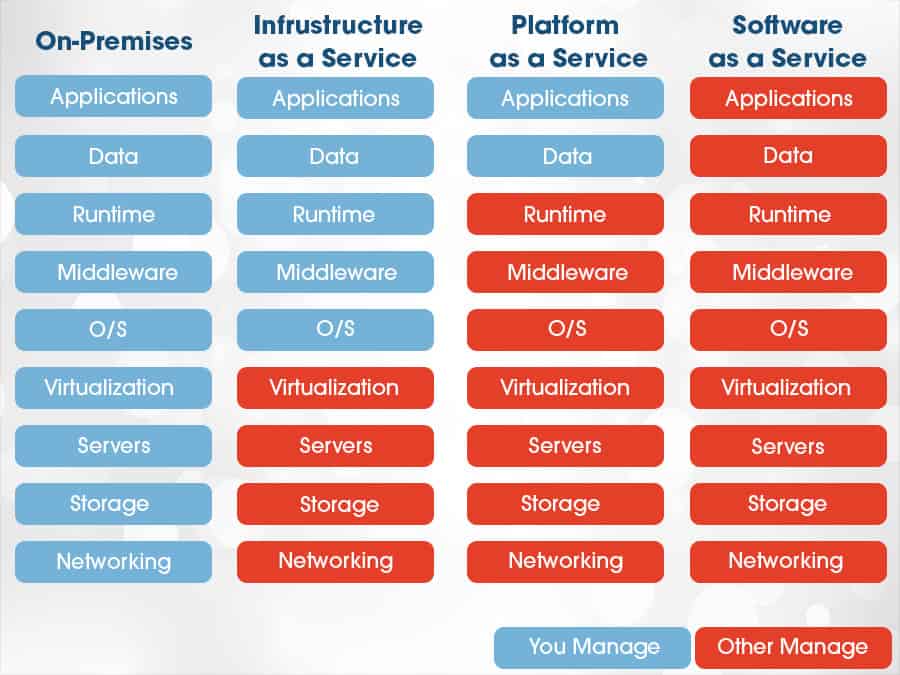Improve Your Company with Cloud Services: A Guide to Modern Solutions
Improve Your Company with Cloud Services: A Guide to Modern Solutions
Blog Article
Achieve Seamless Scalability With Cloud Services
In the ever-evolving landscape of cloud solutions, attaining smooth scalability stands as a foundation for contemporary businesses looking for to remain adaptable and affordable. The quest for seamless scalability with cloud services introduces a world of possibilities for those willing to accept the transformative power of dynamic source management.
Benefits of Cloud Scalability
Cloud scalability offers companies the adaptability to dynamically adjust resources based on demand, making certain optimal efficiency and price effectiveness. In addition, cloud scalability advertises innovation and testing by allowing businesses to conveniently examine new ideas and scale them as needed. Inevitably, the advantages of cloud scalability prolong beyond price financial savings to incorporate improved efficiency, dexterity, and technology.
Trick Attributes for Scaling
Effective scaling in cloud services counts on key features that allow companies to change sources dynamically based on need. One more essential attribute is scalability, allowing systems to deal with increased work by including resources effortlessly. Overall, these essential attributes jointly equip companies to attain smooth scalability in cloud services.
Executing Auto-Scaling Approaches
To successfully maximize resource allocation and adapt to varying workloads, organizations should tactically carry out auto-scaling techniques in their cloud services infrastructure. Auto-scaling enables systems to automatically change the number of compute resources based upon real-time need. There are various auto-scaling techniques that organizations can use, such as predictive scaling, which utilizes historical data to anticipate future resource demands, and reactive scaling, which replies to present workload modifications.

Ideal Practices for Scalability
For companies aiming to enhance their scalability in cloud solutions, carrying out ideal methods is essential for optimum efficiency and source monitoring. One secret best method is developing applications with a microservices architecture. This technique breaks down applications into smaller sized, independent solutions that can be released, updated, and scaled independently, permitting better versatility and scalability.
One more vital method is using containerization modern technology, such as Docker or Kubernetes. Containers allow the product packaging of applications and their dependencies into separated devices, making it easier to scale elements independently and release them regularly across various environments.
In addition, carrying out automated deployment and facilities as code (IaC) can enhance scalability efforts (linkdaddy cloud services). Automation devices like Terraform or Ansible assistance in provisioning and managing resources successfully, minimizing hands-on mistakes and allowing quick scalability
Additionally, monitoring performance metrics, establishing alerts, and carrying out routine ability preparation are necessary practices to guarantee proactive scalability administration. By sticking to these ideal methods, companies can see post attain smooth scalability useful content in their cloud services while enhancing performance and source utilization.
Tracking Performance Metrics
When analyzing the effectiveness of cloud services scalability, closely checking efficiency metrics is important for making sure optimum capability and source allowance. By continually tracking vital performance indicators (KPIs) such as reaction times, resource, latency, and throughput utilization, organizations can gain valuable insights right into the health and wellness and effectiveness of their cloud facilities. Monitoring performance metrics permits for the very early discovery of possible traffic jams or problems that could impact scalability, making it possible for aggressive measures to be required to resolve them before they rise.

Conclusion
To conclude, accomplishing seamless scalability with cloud services is necessary for organizations to optimize efficiency, enhance innovation, and keep high efficiency degrees during peak times. By leveraging the advantages see this website of cloud scalability, implementing auto-scaling strategies, utilizing crucial functions such as flexibility and automation, and adhering to finest practices like application layout and efficiency tracking, businesses can efficiently scale their systems while optimizing resource usage and performance.
The quest for seamless scalability with cloud services unveils a globe of possibilities for those eager to embrace the transformative power of dynamic resource administration.
Cloud scalability offers organizations the adaptability to dynamically readjust sources based on need, guaranteeing optimal efficiency and price effectiveness. One more vital function is scalability, enabling systems to deal with increased workload by adding sources perfectly.For organizations intending to boost their scalability in cloud services, applying best practices is critical for optimal performance and resource monitoring.When evaluating the effectiveness of cloud solutions scalability, very closely keeping an eye on efficiency metrics is crucial for making sure optimal capability and source appropriation.
Report this page